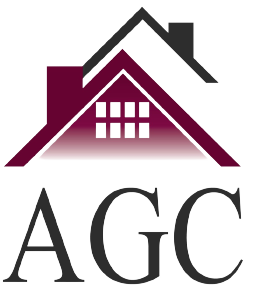In the intricate world of construction, some elements silently shoulder the burden of stability, ensuring our homes stand tall and secure. Among these unsung heroes are the lower and upper tie beams, often unseen yet playing a crucial role in maintaining structural integrity. Let’s shed light on these vital components and delve into the reasons why they deserve our recognition and understanding.
What are Lower and Upper Tie Beams?
Imagine the skeletal frame of your house. The columns stand upright, supporting the weight of the structure. But imagine these columns swaying precariously in the wind, unable to resist the forces pressing down upon them. This is where tie beams step in, acting as horizontal connectors that tie the columns together, preventing them from buckling or tilting inwards.
Lower Tie Beam:
This sturdy beam sits at the base of the columns, typically near the foundation level. It acts as the first line of defense against lateral forces caused by wind, ground movement, or earthquakes. Think of it as a muscular belt cinching the columns at their waist, keeping them upright and aligned.
Upper Tie Beam:
Located anywhere above the lower tie beam, usually at the ceiling level of a story, this beam provides additional lateral support and helps distribute the weight of the roof and upper floors across the columns. It’s like another belt, higher up, further bolstering the structural integrity of the building.
Why are they Important?
While often hidden behind walls and ceilings, lower and upper tie beams play a critical role in maintaining the health of a building:
- Enhanced Stability: By tying the columns together, they prevent them from leaning inwards, ensuring the walls remain upright and the entire structure resists lateral forces. This is especially crucial in tall buildings or those in earthquake-prone zones.
- Stress Distribution: These Lower and Upper Tie Beams act as load-sharing heroes, transferring the weight of the roof and upper floors across the columns, preventing them from being overburdened and potentially collapsing. Imagine them as trusses, channeling the pressure across the frame like a well-coordinated team.
- Reduced Deflection: Roofs and floors tend to sag under their own weight over time. Tie beams help minimize this deflection by providing additional support and stiffness to the overall structure. Think of them as invisible ceiling-supporters, ensuring your roof doesn’t become a droopy tent.
- Improved Crack Resistance: By reducing stress and deflection, Lower and Upper Tie Beams help prevent cracks from forming in walls and ceilings. This not only enhances the structural integrity but also improves the aesthetics and longevity of your building.
Materials and Design:
Lower and upper tie beams are typically made from:
- Concrete: Strong, durable, and fire-resistant, concrete is a popular choice for both lower and upper tie beams, especially in larger buildings.
- Steel: Lighter than concrete but equally strong, steel beams are often used in upper tie beams where weight optimization is important.
- Wood: In smaller structures and traditional architecture, wood tie beams can be a viable option, offering a natural aesthetic and good structural support.
The design of these beams depends on various factors like the size and type of building, the materials used, and the expected loads. Engineers carefully calculate the necessary dimensions and reinforcement to ensure these unsung heroes perform their crucial task flawlessly.
Conclusion:
The next time you walk into a sturdy building, take a moment to appreciate the silent guardians lurking behind the walls and ceilings. The lower and upper tie beams, though unseen, are the unsung heroes that keep our structures strong and safe. So, remember, even the smallest elements can play a vital role in the grand scheme of things, and sometimes, the most important heroes wear an invisible cloak of structural integrity.

